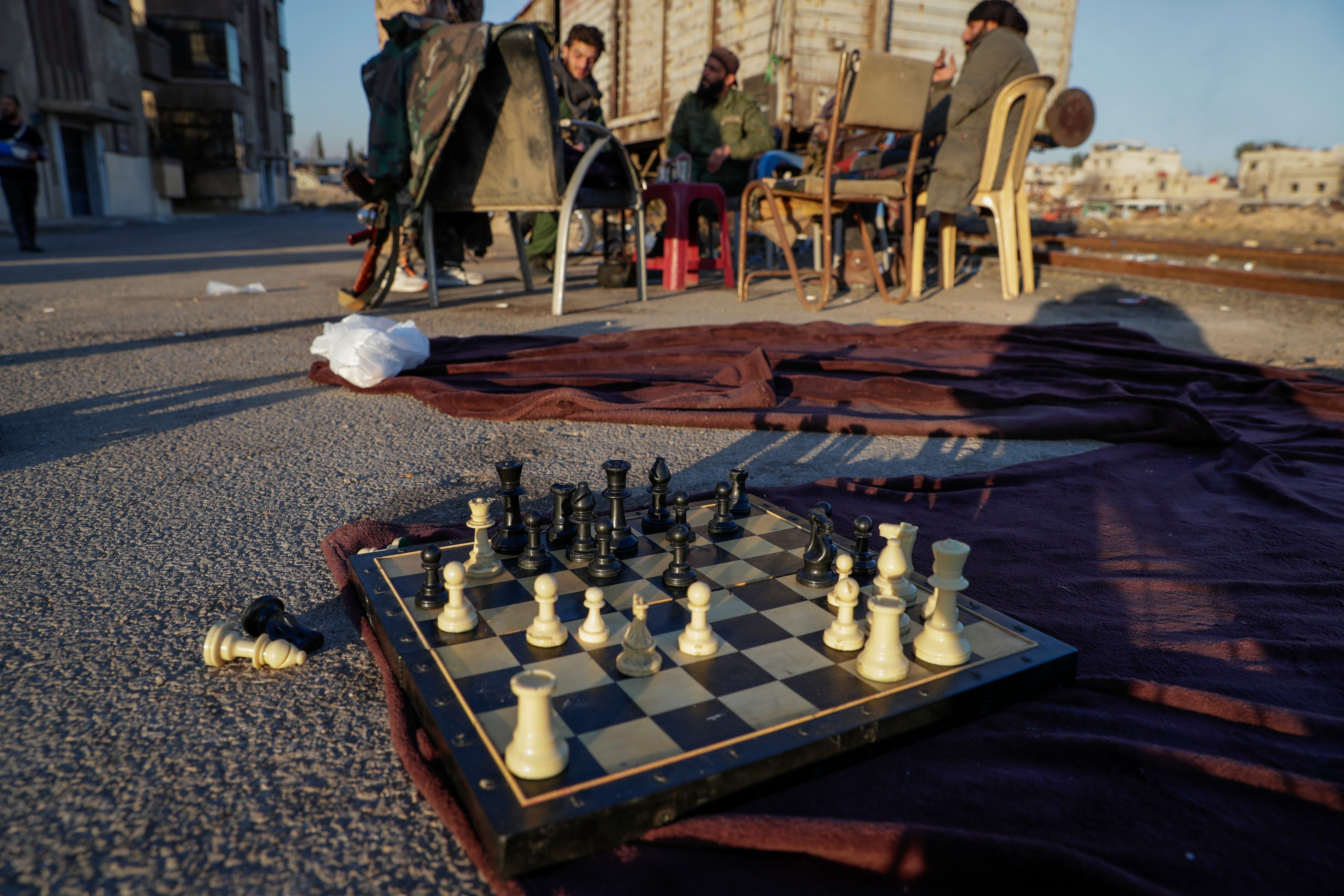A train station in Damascus was once the pride of the Syrian capital.
The station was an essential link between Europe and the Arabian Peninsula during the Ottoman Empire and then a national transit hub. But more than a decade of war left it a wasteland of bullet-scarred walls and twisted steel.
The Qadam station’s remaining staff say they still have an attachment to the railway and hope that it, like the country, can be revived after the swift and stunning downfall of leader Bashar Assad last month.
On a recent day, train operator Mazen Malla led The Associated Press through the landscape of charred train cars and workshops damaged by artillery fire. Bullet casings littered the ground.
Malla grew up near the station. His father, uncles and grandfather all worked there. Eventually he was driving trains himself, spending more than 12 hours a day at work.
“The train is a part of us,” he said with a deep, nostalgic sigh, as he picked up what appeared to be a spent artillery shell and tossed it aside. “I wouldn’t see my kids as much as I would see the train.”
The Qadam station was the workhorse of the iconic Hejaz Railway that was built under the Ottoman Empire’s Sultan Abdulhamid II in the early 1900s, linking Muslim pilgrims from Europe and Asia via what is now Turkey to the holy city of Medina in present-day Saudi Arabia. The line also transported troops and equipment for the empire that controlled large swaths of the Arabian Peninsula.

That glory was short-lived. The railway soon became a target of Arab fighters in an armed uprising during World War I backed by Britain, France and other Allied forces that eventually took down the Ottoman Empire.
In the following decades, Syria used its section of the railway to transport people between Damascus and its second city of Aleppo, along with several towns and neighboring Jordan. While the main station, still intact a few miles away, later became a historical site and events hall, Qadam remained the busy home of the workshops and people making the railway run.
As train cars were upgraded, the old wooden ones were…
Click Here to Read the Full Original Article at The Independent Travel…
